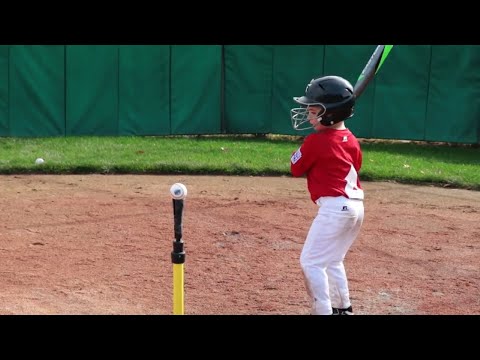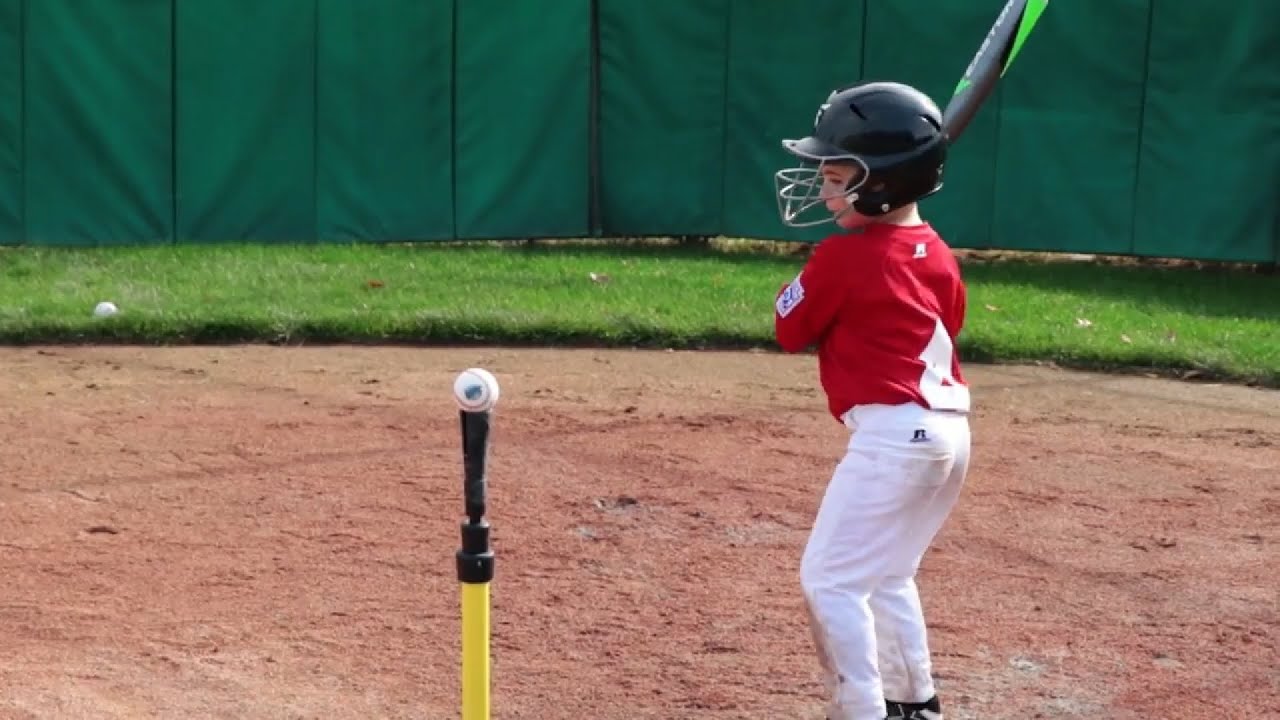Playing sports at a young age is not only a great way for children to stay active, but it also helps foster important skills and values. If you’re wondering what age is t ball, you’re about to discover an incredibly fun and engaging sport for little ones. T-ball is specifically designed for children between the ages of 3 and 6, making it the perfect introduction to the world of baseball. This modified version of baseball focuses on the fundamentals, ensuring that young players have a blast while learning the basics of the game. T ball provides a fantastic opportunity for kids to develop hand-eye coordination, teamwork, and sportsmanship from an early age. With the emphasis on fun rather than competition, t ball allows children to build confidence and a love for the sport. Whether your child dreams of becoming the next baseball superstar or simply wants to have a good time with friends, t ball is the ideal starting point. So, if you’re looking to introduce your little one to the world of sports, consider enrolling them in t ball to ignite their passion for physical activity and teamwork.

T-Ball Age Ranges
| Age Group | Typical Ages | Description |
|---|---|---|
| Pre-School | 3-4 years old | Children in this age group are introduced to the basic concepts of baseball through fun and interactive activities. T-Ball is a great way for them to develop hand-eye coordination and motor skills. |
| Kindergarten | 5-6 years old | As children progress to Kindergarten, they start to refine their skills and learn more about the rules of the game. T-Ball at this age encourages teamwork, communication, and instills a sense of fair play. |
| Early Elementary | 7-8 years old | By this stage, young players have a better understanding of the game and are able to perform more advanced techniques. T-Ball provides them with a solid foundation for transitioning to coach-pitch or machine-pitch leagues. |
Mastering Tee Ball: Your Path to Little League Stardom
What Age is T-Ball?
T-ball is a popular introductory sport for young children, but many parents wonder what age is appropriate for their child to start playing. T-ball is typically designed for children between the ages of three and six. However, age is not the only factor to consider when determining if your child is ready for T-ball.
Physical Development
Physical development plays a significant role in determining when a child is ready for T-ball. Children in the three to six age range generally possess the basic motor skills necessary to participate in T-ball. They should be able to run, jump, and throw a ball with some coordination. However, keep in mind that every child develops at their own pace, so it’s essential to assess your child’s individual physical abilities before enrolling them in T-ball.
Interest and Attention Span
Another important factor to consider is your child’s interest and attention span. T-ball requires young players to pay attention to instructions, follow the rules, and stay engaged throughout the game. If your child struggles to sit still or loses interest quickly, they may not be ready for T-ball. It’s crucial to assess your child’s ability to focus and their genuine interest in the sport before signing them up.
Social and Emotional Readiness
T-ball provides an excellent opportunity for young children to develop social and emotional skills. Playing on a team, taking turns, and learning how to win or lose graciously are all important lessons taught in T-ball. However, not all children are emotionally ready for these experiences at the same age. Some children may thrive in a team environment, while others may feel overwhelmed or shy away from social interactions. Assess your child’s social and emotional readiness before enrolling them in T-ball to ensure they have a positive experience.
Parental Involvement
Parental involvement is crucial in T-ball, especially for younger children. Parents often serve as coaches, volunteers, or spectators during T-ball games and practices. If you are considering enrolling your child in T-ball, it’s important to evaluate your own availability and willingness to participate. Younger children may require more one-on-one attention and guidance, so be prepared to be actively involved in their T-ball experience.
Local Programs and Resources
Lastly, it’s essential to research the local programs and resources available in your area. Many communities offer T-ball leagues or recreational programs specifically designed for young children. These programs often have age requirements and guidelines to ensure that children are placed in appropriate age groups. Take the time to explore different options and choose a program that aligns with your child’s age, interests, and skill level.
In conclusion, T-ball is generally suitable for children between the ages of three and six. However, it’s essential to consider your child’s physical development, interest and attention span, social and emotional readiness, as well as your own parental involvement. By evaluating these factors and researching local programs, you can determine if your child is ready for T-ball and provide them with a positive introduction to the world of sports.

